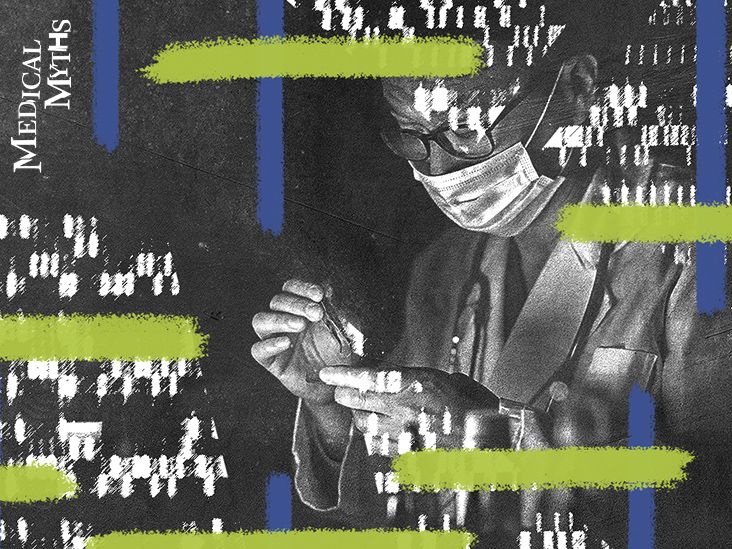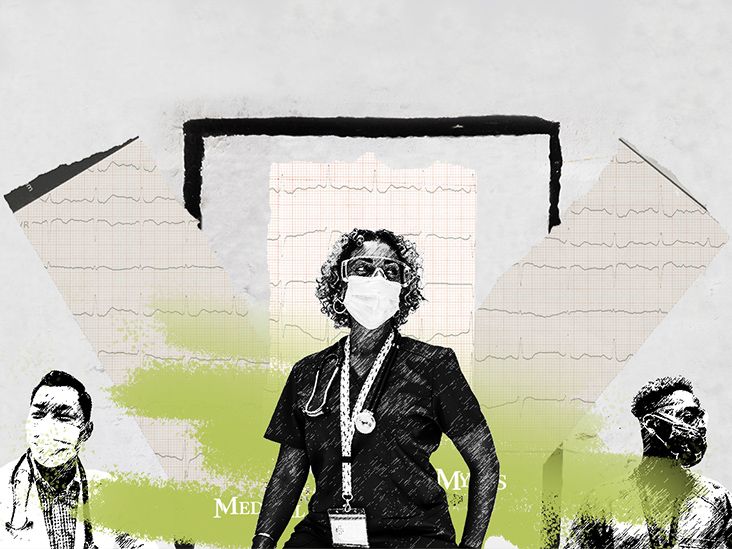
TB is a bacterial infection. It primarily affects the lungs, but it can also impact other parts of the body.
Symptoms include a chronic cough with bloody mucus, fever, and night sweats. Another common symptom is weight loss, which is why people used to call TB “consumption.”
The bacteria that cause TB, called
TB has affected humans for thousands of years, and it is still one of the world’s deadliest communicable diseases. Each day, around
According to the World Health Organization (WHO), TB was responsible for
The WHO estimate that the global incidence of TB dropped by around 2% each year from 2015 to 2019. However, with a worrying rise in multidrug resistant TB, there is still a long way to go before scientists can eradicate this curable and preventable disease.
An estimated 1 in 4 people worldwide have a TB infection. However, only 5–15% of people with an infection will develop symptoms in their lifetime. When someone has an infection but does not experience symptoms, they have a
Today, there is still a
Article highlights:
This is untrue. Someone with TB can only transmit the infection if they develop symptoms. This means that someone with a latent infection cannot transmit TB.
Also, a person can only
Generally, people with TB stop being infectious around
Although people used to believe that TB passed from parent to child, this is a myth.
This misconception may have arisen because people living in the same household often developed the disease. We now know that this is because their close proximity made it easier for the bacteria to spread from person to person.
However, there does appear to be a
This is false; TB is treatable. The most common treatment for a latent TB infection is the antibiotic isoniazid. People with TB should take this drug as a single daily pill for 6–9 months.
For individuals with an active infection, doctors tend to prescribe a combination of antibacterial medications for 6–12 months. A common combination is isoniazid with rifampin, pyrazinamide, and ethambutol.
According to the Centers for Disease Control and Prevention (CDC), the Food and Drug Administration (FDA) have approved
People who have multidrug resistant TB may need to take at least
This is a myth; TB can affect people anywhere in the world. However, there are certain regions wherein TB is more prevalent.
According to the WHO, in 2019,
However, in the United States in 2019, there were
TB is a serious illness, so people are understandably concerned about how it can spread. This has given rise to some myths.
TB
- shaking hands
- sharing foods or beverages
- touching bed linen or toilet seats
- kissing
- sharing toothbrushes
TB can only spread when someone with an active infection in their lungs or throat coughs, sneezes, speaks, or sings.
This is not true. TB can be fatal without treatment, but with modern medicine, doctors can successfully treat the illness.
On March 24, 1882, Dr. Robert Koch



